If you’ve got a bike with a flat tire and you’re wondering how much it’s going to cost you to get it fixed, then you’ve come to the right place.
The good news is that it isn’t very much.
For most bikes, a flat is due to a punctured inner tube.
This can be caused by lots of things such as thorns, sharp stones, or broken glass.
Replacement tubes are cheap to buy and a simple job to fit the new one on to your bicycle wheel.
That translates into a repair bill that will only set you back a few bucks.
I’ve done some research into the latest pricing for repairing a bike tire and I’ll talk through this in a moment.
But, there’s a bigger and more pressing issue that we need to look at as well:
Punctures never happen at ‘good’ times.
They never happen when you’re at home and have another bike on standby that you can hop onto instead.
Or, when you’re out on a bike ride and just happen to be cruising past a handy bike repair shop.
And, even when flats DO happen at supposedly ‘good’ times, you’ll likely find that the repair shop has a two- or three-day turnaround time.
So, it’s useful to know how to fix a flat tire yourself.
That way you can dodge the waiting times, save yourself some cash, and get you and your bike back on the road fast.
Fixing a puncture is one of the easiest repair jobs you can do on a bike and, with a spare tube and a few low-cost tools, you can get the job done in 30-45 minutes.
In this article, I’m going to show you:
But first, let’s see how much a bike repair shop will charge to do the job.
A bike repair shop, whether it’s a local bike shop or a national chain (such as REI or Trek), will charge around:
$10 for labor, plus
$10 for a new inner tube
Total repair price = $20
Normally this will be all you need to replace, however sometimes you may also need to have a new tire fitted.
This can happen if the existing one was damaged at the same time as the tube (for example by broken glass slashing the sidewall) or if the current tire is old and worn.
If that’s the case then a new tire can be fitted.
The good news is that the labor is likely to be free (it’s no more effort than replacing the tube).
The bad news is that tires are more expensive than inner tubes (think: $40 for a basic tire, up to $80 for a premium brand).
In summary, the cost to repair a flat bike tire will generally be around $20.
The problem, like we’ve already seen, is that flat tires will often happen when you’re nowhere near a handy repair shop.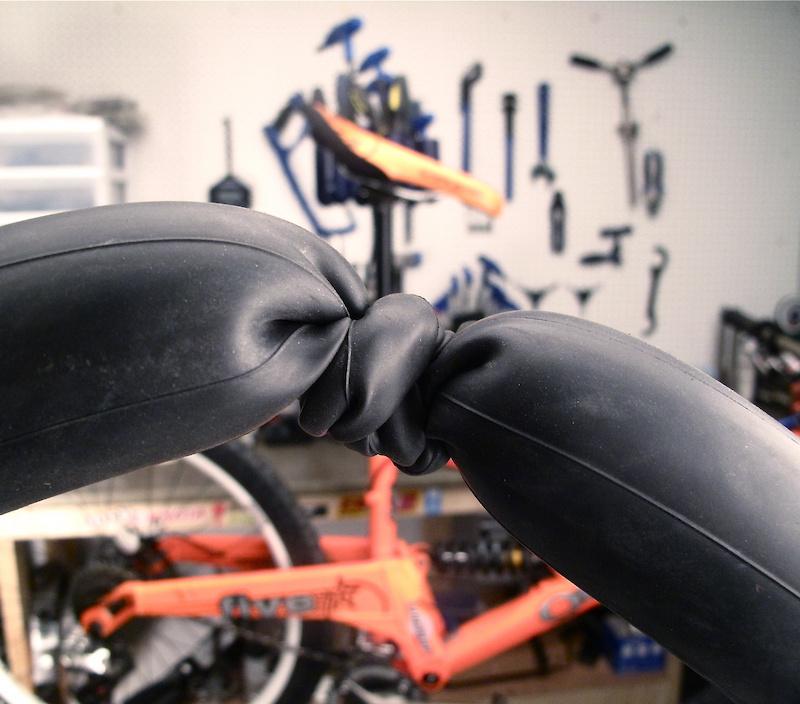 And, if they do, the repair shop will likely not be able to carry out the repair while-you-wait.
And, if they do, the repair shop will likely not be able to carry out the repair while-you-wait.
It’s useful then to know how to fix a flat and carry tools and a spare tube with you on bike rides, so that you can get the repair done yourself.
Let’s take a look at what you need and how to do the repair.
How to determine what inner tube and tire you needWhilst those black rubber circles at each end of your bike can look very similar, there’s actually a huge variation between tires and inner tubes.
Road bike tires, for example, are skinny with little or no grip.
Mountain bike tires, on the other hand, tend to be much wider with big knobbles all around them.
How do you know which tube and tire is right for your bike?
Well, thankfully, there’s a really easy way to find this out.
Squat down next to your bike and look at the sidewall of your tire – this is the circular strip of rubber that sits adjacent to the metal wheel rim.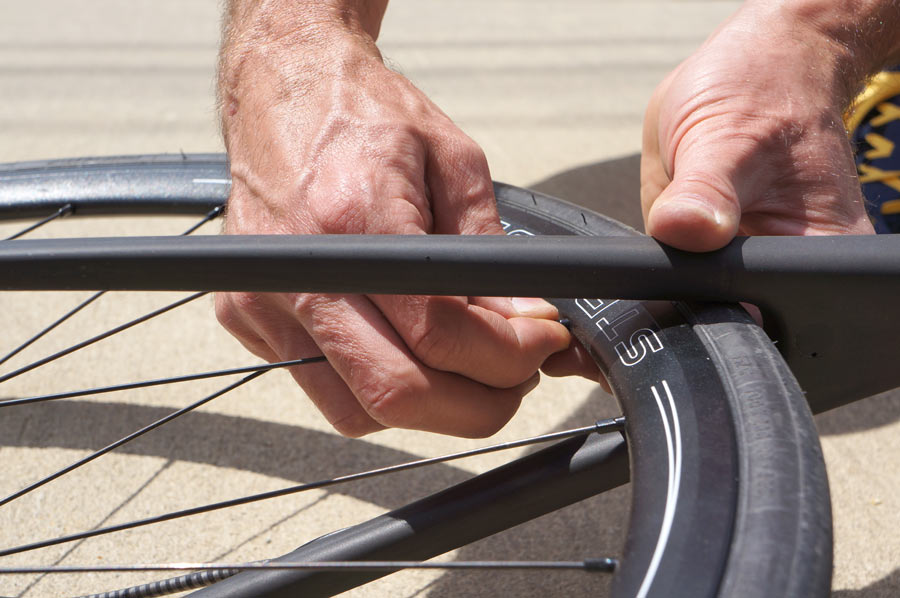
Look around this sidewall and you’ll find numbers marked along it. These will look like “700 x 32” or “27.5 x 2.1”.
The first number shown is the wheel diameter (700mm or 27.5” in the above examples).
The second number is the tire width (32mm or 2.1” in the above examples).
Pick a replacement bike tire that has those numbers on it – i.e. if your existing tire says “27.5 x 2.1”, then choose a replacement tire that also says “27.5 x 2.1”.
Note: if your tire has a “c” in the numbers (e.g. “700x32c”) then you can ignore it. “700x32c” is the same size tire as “700×32”.
Choosing a replacement tube is slightly more complicated.
Inner tubes are like balloons – the more you inflate them the wider they get (The diameter stays the same no matter how much you inflate the tube).
So, to pick a replacement inner tube you should look for one that has the same diameter number as is printed on your tire, with a width range that includes the width number printed on your tire.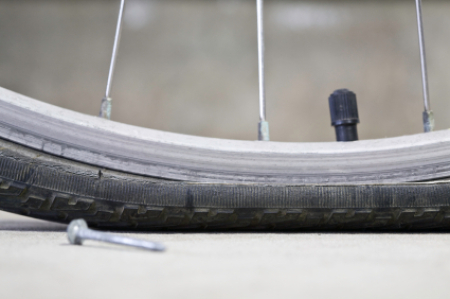
Examples:
Tire sidewall says “700 x 32” = Replacement tube will be listed as “700 x 28-32”
Tire sidewall says “27.5 x 2.1” = Replacement tube will be listed as “27.5 x 2.10-2.35”
One complication is that bike tires normally have one of two types of valve – Schrader or Presta.
Schrader is the type that you see on car tires. They are short and quite wide.
Presta valves are often used on road bike tires. They are slimmer and longer than Schrader and have a small nut at the tip which needs to be loosened to inflate the tube.
It’s easiest to get a new tube with the same valve as your existing damaged tube.
How to repair a flat bike tireOk, we’ve found out how to determine what size replacement tube and tire you need. Let’s look at how to fit them on your bike and what tools you need to do it.
Tools required:
How to do it:
Twenty bucks or thereabouts is approximately how much it costs to get a repair shop to fix a flat bike tire.
Trouble is that, even if you’ve got the money handy, there might not be a handy repair shop when you get a puncture!
With a little knowledge and a few tools, however, you can carry out the repair for yourself whether you’re at home or deep in the backcountry.
The alternative? A long walk home pushing a bike with a flat tire.
Not fun.
Get a spare tube, grab a couple of tools, maybe print out these instructions. Then keep the lot in a jersey pocket or a saddle bag and you’ll be ready for action.
Biketoworkday is supported by its audience. When you buy through our links, we may earn an affiliate commission. Learn more
Written by Gary Johnson / Fact checked by Henry Speciale
Part of maintaining your bicycle is replacing its bike tires.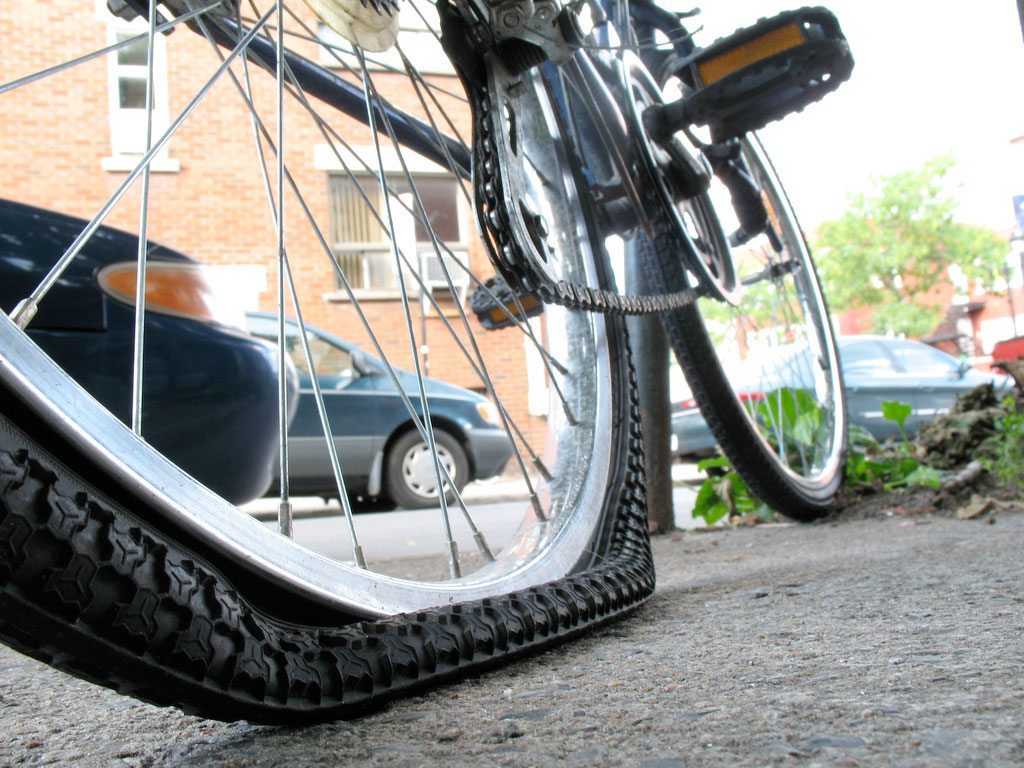 Even though bike tires are made to be durable and long-lasting, there will come a time that you need to replace them. It will keep the overall performance of your bicycle at the optimum level.
Even though bike tires are made to be durable and long-lasting, there will come a time that you need to replace them. It will keep the overall performance of your bicycle at the optimum level.
But, how much does it cost to replace a bike tire? Depending on your bike needs, a bike tire usually costs from $15 to $150. The brand also affects the bike tire replacement cost.
Table of Contents
Bikes have specific bike tire requirements. For instance, you cannot install a small-sized tire to large bikes. The tire cannot accommodate the weight of the bicycle, making it hard to use on the road.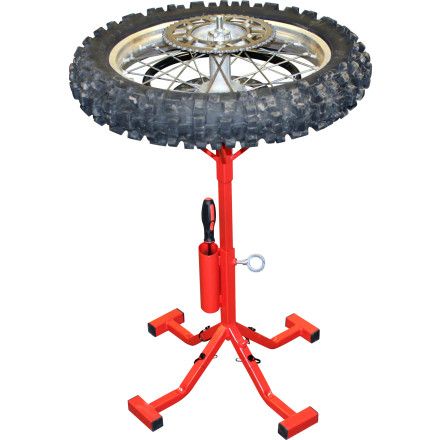 Basic tires, which fit into commuting bikes, cost $30 to $40.
Basic tires, which fit into commuting bikes, cost $30 to $40.
Road bikes, on the other hand, require compact and narrow tires. You normally use these on highways with flat tracks, so they do not require extra features for durability and do not cost as much. You can find road bike tires for $25.
For mountain bikes, tires showcase strength and resilience since they venture rocky and challenging terrains. You use them for adventure cycling, thus, they also need to bedurable. You will find these kind of tires with prices from $80 to $150.
Then, you have the hybrid types, which usually cost around $50. Tires for children’s bike and BMX requiring small wheels are cheaper at $15 to $25.
2. Bike weightThe bike weight also affects your new bike tire cost. If you have heavier equipment, it is crucial you find tires that accommodates the bulky equipment. The tires must be resilient and durable. It must have strength and elasticity to withstand rough and hard terrains.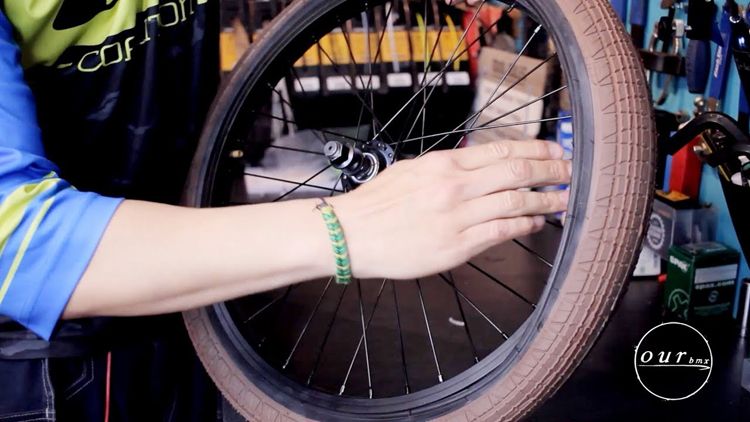
The quality of the equipment has a direct affect on the pricing of the tires you need. When you are using a high-standard bicycle, more often than not, s a similar standard of bike tires is required. Quality increases the tire requirement as well as the cost.
Of course, choosing high-quality bike tires is ideal. Strong and durable tires can go a long way compared to low-cost ones. It is worth spending on premium bike tires given the longevity it provides.
4. BrandOftentimes, brands correspond to quality. If you want to invest in bicycle tires, brands matter. You should select a good brand with outstanding reputation in the cycling industry. High-end brands offer warrant and after-sales service.
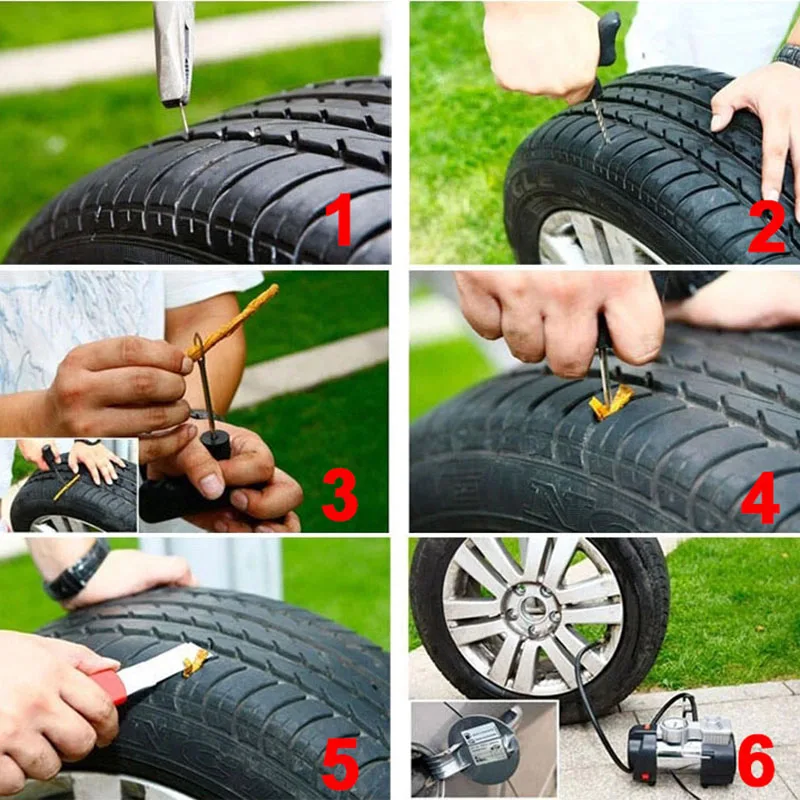
Like any other product, bike tires come with several features. Some products offer a good grip, strength and durability, high speed, and high mileage. The more features you want, the higher the cost.
6. SizeBefore replacing your bike tires, it is crucial to measure the bike rim size to know the cost to replace a bicycle tire.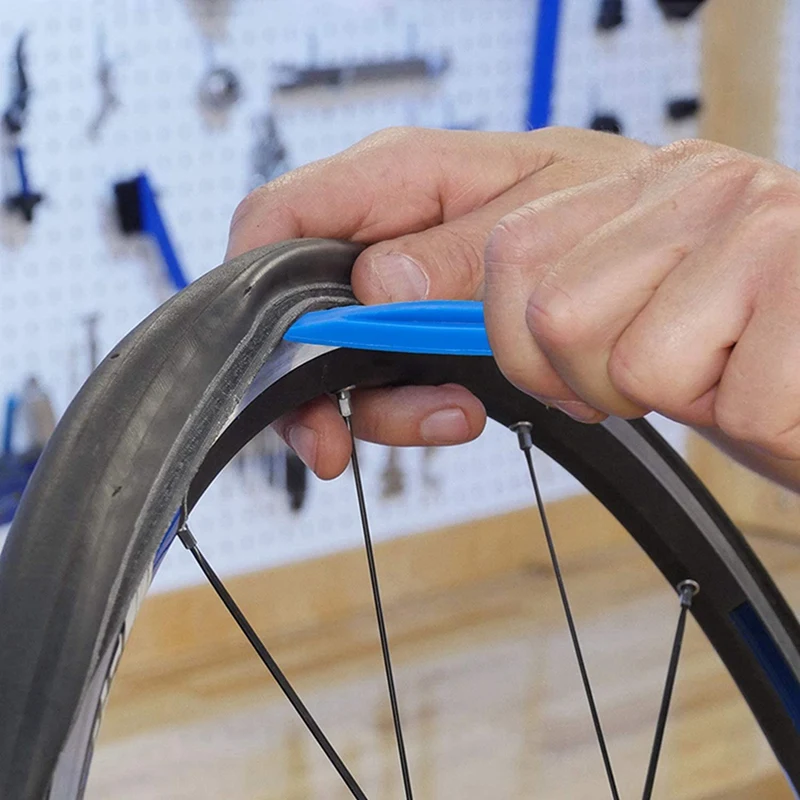 For a regular road bike, you can use a 700 tire as it can easily mount to 700c rims, which are normal for road bikes. If you are using smaller road bike or gravel bikes, go with the 650b tire size.
For a regular road bike, you can use a 700 tire as it can easily mount to 700c rims, which are normal for road bikes. If you are using smaller road bike or gravel bikes, go with the 650b tire size.
Mountain bikes normally use 27.5 inch tires or 650b size. You can also use 29 inch wheels depending on your preference. It is important that you conduct a brief research or ask a bicycle shop staff about the tire size needed for your specific bike type.
7. TPITPI or treads per inch is also an important factor to consider when buying bicycle tires. The TPI indicates the number of individual threads of nylon or cotton on the tire casing. If you choose a tire with lower TPI casings, you will observe fewer and thicker threads on the tire.
Meanwhile, tires with higher TPI casings usually have a greater number of threads with thinner features. Basically, most cyclists choose higher TPI bike tires because they provide a comfortable ride feel and has strong rolling resistance.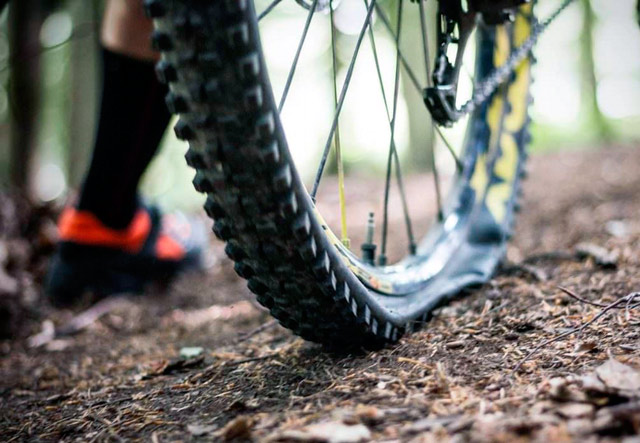 However, compared to tires with lower TPI, they are sensitive and respond faster to punctures.
However, compared to tires with lower TPI, they are sensitive and respond faster to punctures.
Rolling resistance or Crr refers to the energy lost when your bike tire rolls across a surface or terrain. If you are constantly biking on hard surfaces, the tire will always be in contact with the road causing deformity.
Rolling resistance corresponds to factors like construction, rubber compound used for the tire thread, inflation, and width of both the tire and the tread. If your priority is rolling resistance, pick a bike tire with higher tread counts.
It has better rolling resistance compared to tires with lesser number of tread. For road bike use, a minimal tread count with flexible casing is sufficient.
To give you a clearer picture about the cost to change a bike tire, here is a simple price guide:
1. Low-end bike tireLow-end bike tires, typically manufactured in China or Taiwan, for replacement will only cost you $12 to $50 per pair.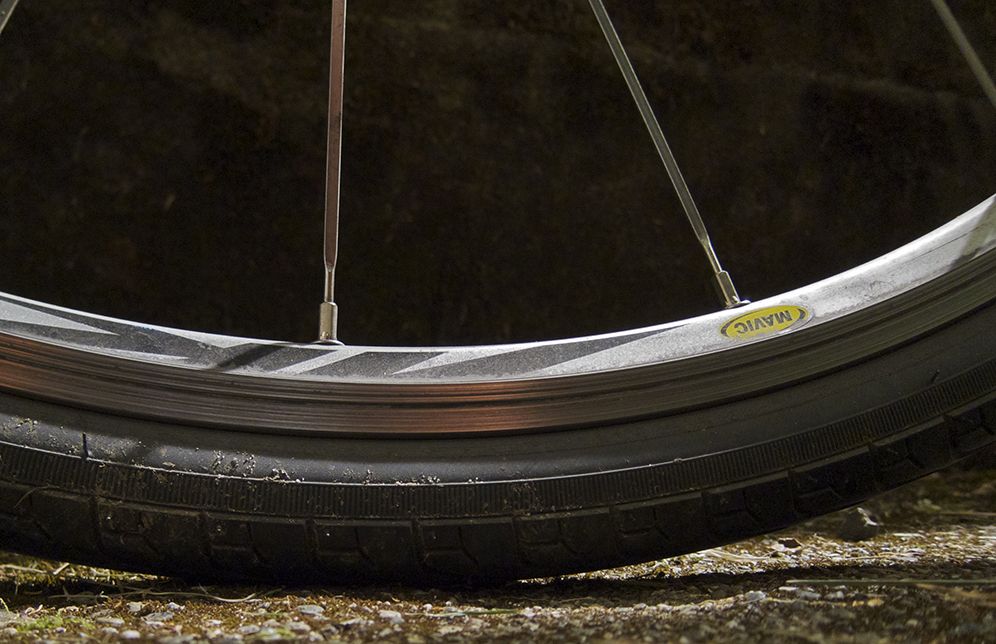 They are are only ideal for recreational purposes and cannot be used for road bike adventures. Since they are the cheapest kinds, quality can be compromised.
They are are only ideal for recreational purposes and cannot be used for road bike adventures. Since they are the cheapest kinds, quality can be compromised.
If you have some cash to spend, and do not want to compromise quality, you can choose tires from this category. These can fit entry level mountain bikes. They are already durable and can last for a longer period of time with proper maintenance. These tires cost around $20 to $70 per pair.
3. High end bike tiresFor those heavily invested in cycling as a sport, you must pick the best quality bike tires. These typically cost $75 to $150 per pair. They are made by big bike brands and are made in Europe, Japan, or the United States.
They are the most preferred types of every bike athletes. These tires are made of premium quality materials, resilient, powerful, and durable. You can also expect the tires to last longer because they can withstand punctures.
Bicycle tire is a crucial element that can affect the performance of your bike. You have to pick the appropriate and most excellent bike tire for your equipment. Since there are a wide range of products available in the market, you can get confused about the right costing of a bike tire when you need replacement.
Good thing, this guide on how much does it cost to replace a bike tire gives you the information on how to properly choose bike tires as well as the bicycle tire replacement cost. We also mentioned about the best brands for your reference.
Gary Johnson
“I ride my bike to work for years, but is that enough? Our carelessness towards our surroundings has taken a toll on the environment. And now, everyone is responsible for changes; even the most minor contribution is counted. With this hope and spirit, I started with my partner to establish Biketoworkday to help more individuals commute to their work sites on their bikes.”
And now, everyone is responsible for changes; even the most minor contribution is counted. With this hope and spirit, I started with my partner to establish Biketoworkday to help more individuals commute to their work sites on their bikes.”
Name and scope of work performed
Cost, rub. The service also includes the first free maintenance within a month after assembly.
Crankset replacement with pedal reset
600
Replacement of the rear switch (with adjustment)
700
Replacement of stars (including removal/installation of the connecting rod)
Replacing the carriage/cartridge (including removal/installation of connecting rods)
replacement of pedals
300
Front derailleur replacement (incl. chain removal and installation)
800
Rear derailleur roller replacement
300
Shift cable jacket replacement
400
replacement of rattles / cassettes
400
end / lubrication of shirts without saving the cable
400 9000 side (includes gearshift adjustment, but does not include brake adjustment)
800
Adjustable shifter replacement (1 side)
700
Split bottom bracket overhaul (only if replacement is not possible)
from 1200
Adjustment of the front/rear switch
450
Repair/replacing the chain with length adjustment
400
Lubrication of the shirt of the switch cable without removal
9000 with removal and washing600
Transmission cleaning (includes surface cleaning of stars and washing of the chain with dismantling)
1100
Transmission washing with complete dismantling (includes dismantling of all transmission components)
2000
Washing transmission with full dismantling and switching to paraffin lubricant (includes dismantling all components of the transmission)
2500
Removal of a collapsible carriage of
400 9000 bicycle)
800
Cleaning and lubricating the shifter (includes blowing the shifter with high pressure air and lubricating without disassembling the shifter body)
500
Hydraulic brake replacement incl. Safeing the hydrolyania, pumping, adjustment (one side)
Safeing the hydrolyania, pumping, adjustment (one side)
1400
Replacing or shortening the hydrolyania with pumping (1 side)
1000
Replacement of a potassium disc brake with an adjustment of
800 9000 adjustable (one side)
600
Replacing front/rear rim brake
700
Replacement of the brake cable shirt
400
Brake disk replacement (rotor)
300
Brake -handed handle replacement (1 side. Dismantling and installation of flu and configuration)
9000Replacing hydraulic potassium/ handles (1 side, including removal and installation of grips, adjustment and bleeding)
1100
Brake cable replacement (without adjustment)
300
Correction of brake disc curvature (excluding the cost of adjustment)
from 300
Mechanical cleaning of the brake disk with a dismantling
600
pumping of the hydraulic brake (including trading liquid) (1 side)
800
Adjustment of the front/rear rim brake
9000 400Adjustment/posterior adjustment disc brake
300
Cable sheath lubrication (without removal)
200
Trim disc brake mounts
500
Brake disc (rotor) cleaning (without removal)
300
Replacement of a potassium of a hydraulic disk brake with adjustment and pumping
1100
Perenoption of a potassium discharge brake
Perenoption of a potassium/handle of a hydraulic disk brake
90009000 "eight") (NOT including tire fitting)
from 600
Rear hub drum overhaul on balls (includes additional hub overhaul)
2000
Boil of the rear wheel sleeve with a grease without a drum, taking into account the removal/installation of rattles/cassettes
1000
Boil of the front wheel with a lubricant
600
Breeding the rear sleeve (if there are hills)
from 1000
Bulkhead of a single-speed road hub with foot brake
1000
Bulkhead of the front hub on industrial bearings (if bearings are present)
600
Re-spoke (rim/hub/spoke change) without spokes (NOT incl. tire fitting, cassette/ratchet/brake disc removal/installation)
tire fitting, cassette/ratchet/brake disc removal/installation)
1600
Re-spoke (rim/hub/spoke change) with retain
1800
Rim and hub selection
300
Front hub cone adjustment
rear hub adjustment3 ratchet/cassette mounting)
600
Tire service (tube / tire change): on the rear wheel of a bicycle with foot brake / with planetary hub / with additional wheels
600
Tire service (tube / tire change): wheel with nuts (replacement tube/tire): eccentric wheel
400
0004
700
Converting to a tubeless tire (not including materials)
1000
Wheel assembly using a strain gauge (category 1). Includes the assembly of the wheel from individual components. It is performed using a strain gauge (a device for determining the tension on the spokes around the entire perimeter of the rim). Includes free needle pulling for 2 weeks after assembly.
2000
Wheel assembly using a strain gauge and nipple clamp (category 2).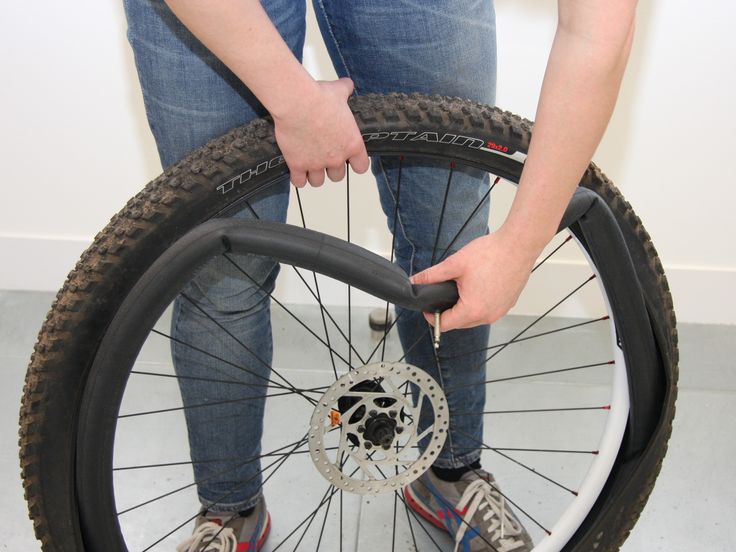 Includes assembly of the wheel from individual components, as well as broaching performed within a month after the assembly of the wheel. Nipple washers and/or nipple threadlocker may be used during assembly. It is performed using a strain gauge (a device for determining the tension on the spokes around the entire perimeter of the rim). Includes free needle pulling for 2 weeks after assembly.
Includes assembly of the wheel from individual components, as well as broaching performed within a month after the assembly of the wheel. Nipple washers and/or nipple threadlocker may be used during assembly. It is performed using a strain gauge (a device for determining the tension on the spokes around the entire perimeter of the rim). Includes free needle pulling for 2 weeks after assembly.
2300
External cleaning/lubrication of the shock -absorption fork
200
Sprinkling of the thread on the threaded rod of the fork
300 per 1 cm. Threads
Replacement of the cycle fork (vkl. Removal
1500
Replacing the steering column with pressing out the cups
1000
Threading 1, 1 1/8 on the threadless fork stem
400 per 1 cm. Threads
Breeding a steering column with a lubricant
700
Selection and replacement of the rear switch “Petukha”
500
Adjustment of the pressure in the air spring of the front/rear shock absorber
9000Regulation/adjustment/adjustment/adjustment/adjustment/adjustment repair of the folding mechanism
from 200
Repair (editing) of the cock rear derailleur bracket *No warranty
400
Installing the anchor in the fork stem
300
Elimination of the steering column play
300
Roll replacement (VCL Installation/Dismantling of MANETS, MANETS, BODING PRIENTS FOR SPARITIONALLY)
9000 9000 500Grip change (pair) without saving
200
Grip change (pair) with save
400
Seat change
300
Front shock absorber zero maintenance
1500
that front shock absorber I - category (spring ammoretors)
1500
The front shock absorber II - category (shock absorbers with air spring) (Dpry maintenance is not included)
9000Complete the front shock -absorption with an air spring
from 2500
Restoration (running) of the bottom bracket thread on the frame without body kit
600
Restoring (driving) the thread with a pedal tap in an aluminum crank
400
Restoring (running) the thread with a tap for a pedal in a steel crank (if the crank cannot be replaced)
600
Restoring the thread in the crank by installing a 900 repair sleeve 9003 900
Manufacture of a "rooster"
from 2000 (from 5 working days)
Locksmith work (standard hour)
1200
Complicated replacement of the carriage with the need to restore the thread of the bottom bracket shell
dated 2000
shortening of the seatpost
400
Corruption of the steering wheel
600
shortening the rod of the plug
400
Replacement of the frame (dismantling, tuning equipment with regulatory)
4500
Complete overhaul of the bike with detailed washing, lubrication and adjustment of all serviceable components (except for the shock absorber overhaul)
6000
Packing the bike in a box or bag for transportation (includes packing material, as well as detailed advice when transporting the bike) except for threaded connections inside the fork, shock, telescopic seatposts, shifters - in accordance with the recommendations of the manufacturer)
1000
Complete bicycle wrap (excluding material cost)
2500
Partial bicycle wrap (excluding material cost) wheels, complete cleaning and lubrication of the transmission with the dismantling of individual components (rear derailleur, cassette, system), if necessary, as well as the removal of traces of adhesive tape, bitumen, stickers and other stubborn stains.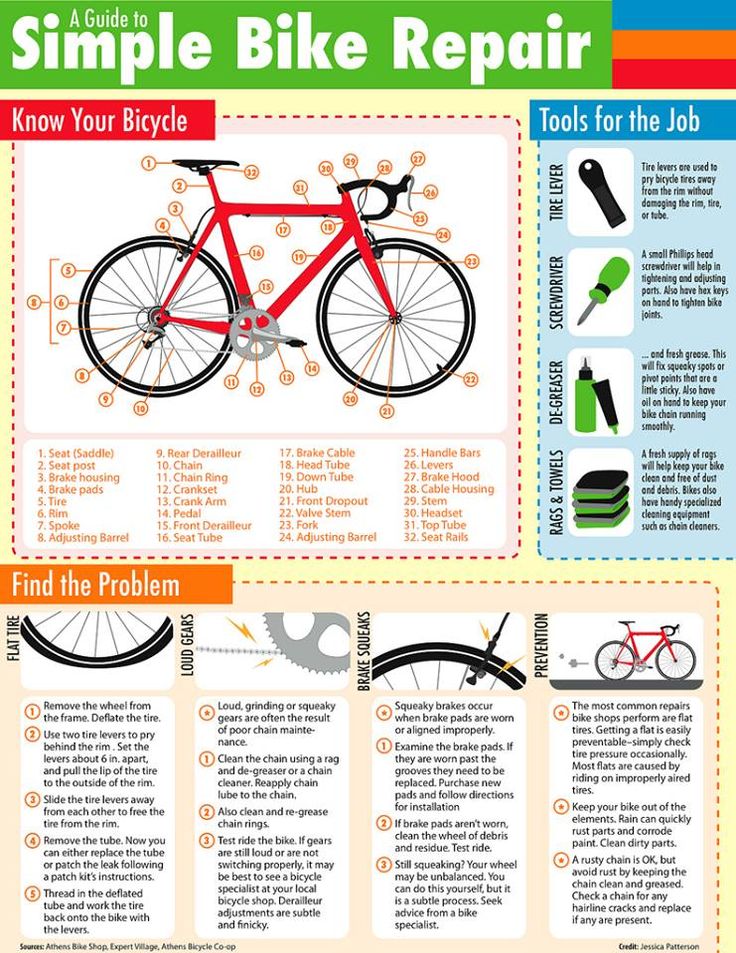
5000
Installation of trunk
from 600
installation of wings (uncomplicated) (includes the set of wings without the need to finalize (drill, cutting threads, etc.) of the wing itself or frame)
500
Installation of wings (complicated) (includes installation of a set of wings with modification (drilling, threading, etc.) of the wing or frame itself.)
from 500
Installation of the holder of the flask
200
Installation of the children's chair
from 700
Installation of additional wheels
of 400
Installation of the rear switch
100
installation of protection on the front star
of 200
9000100
Installing the mirror (without removing the grip)
200
Installing and programming the bike computer
from 700
Installation of the basket
dated 400
installation of the footboard
200-500
Installation of horns
Installation of lighting equipment (pcs.